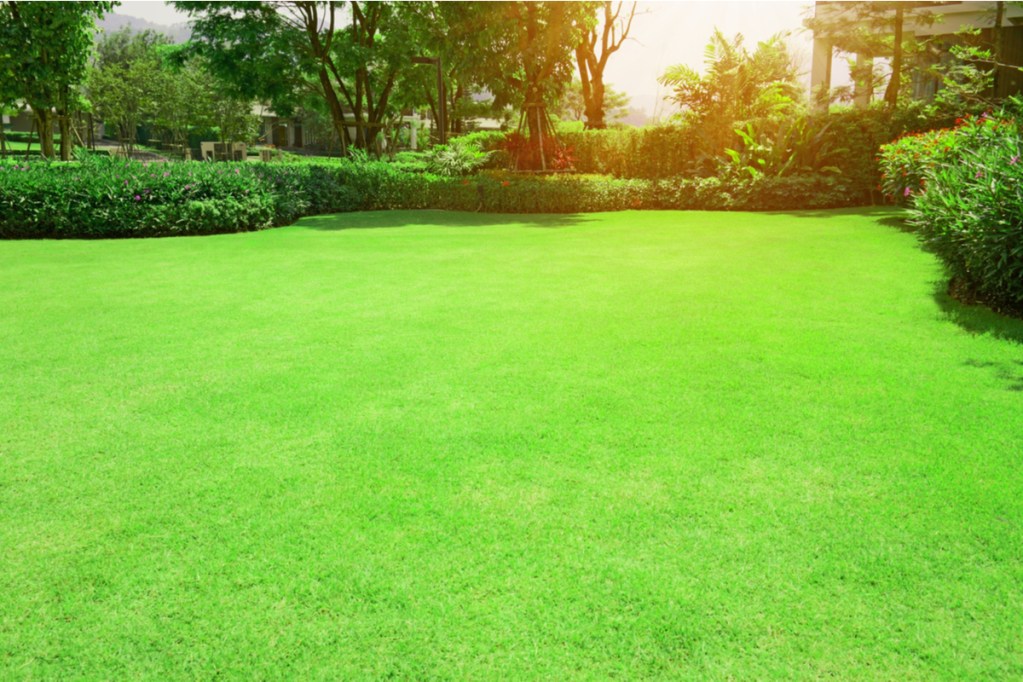
Growing grass from seed is an affordable way to start a lush, healthy lawn. But you need to start with the right seed. What is the best grass seed? It depends on where you live, the conditions in your yard, and how you ultimately want the yard to look. Cool-season grasses give a soft, deep green appearance, while warm-season grasses are known for dense green growth and uniform tan coverage in winter. There are several kinds of each to choose from. Read on to learn how to choose grass seed for your unique situation.
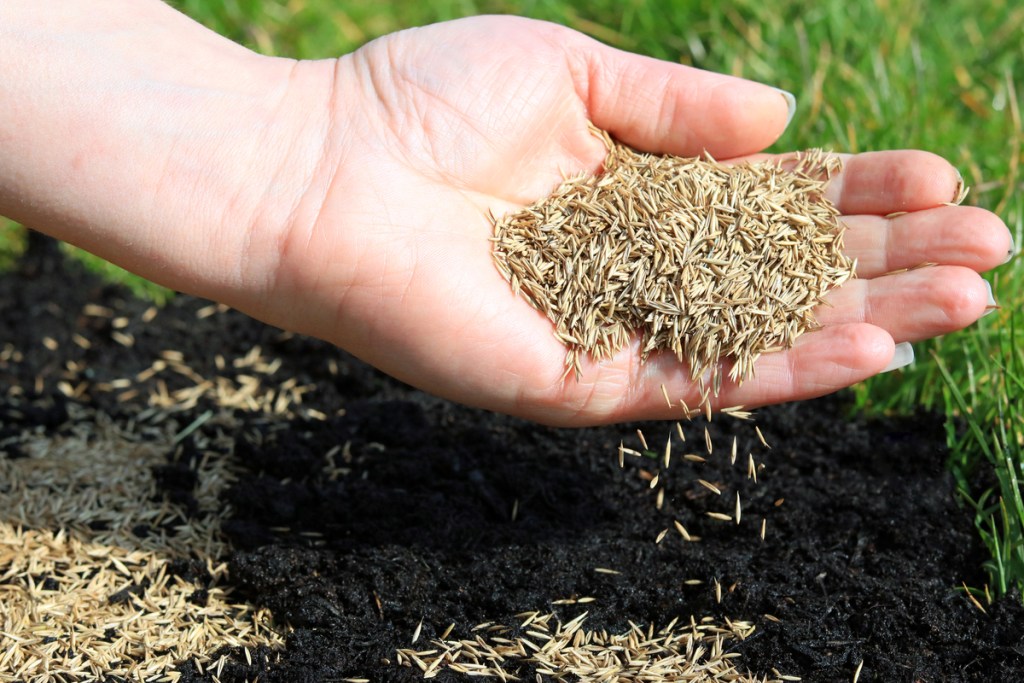
1. Choose cool-season or warm-season grass
Cool-season lawn grasses grow best when daytime temperatures are in the 60s and 70s, and night temperatures are in the 50s. They are primary choices for northern landscapes, where they look great from right after the snow melts in spring until the first hard freeze of fall. In the lower Midwest and upper South, these grasses offer an evergreen alternative to the warm-season grasses that go brown in winter. Cool-season grasses suffer damage during extended and extreme heat and drought and must be reseeded periodically to repair damage.
Cool-season grasses to consider:
- Kentucky bluegrass
- Tall fescue
- Perennial ryegrass
Warm-season grasses need hot, sunny days in the 80s and 90s, and warm nights in the 70s to thrive. These grasses are ideal for the Deep South and Gulf Coast areas. Further north, into the upper South and lower Midwest, warm-season grasses experience shortened growing seasons. Gardeners in these areas sometimes use warm-season grasses for hot, sunny areas of the yard and cool-season grasses for sheltered areas.
Warm-season grasses to consider:
- Bermuda
- Centipede
- Zoysia
When figuring out which type of grass works best for you, looking into your gardening climate zone is a good place to start.
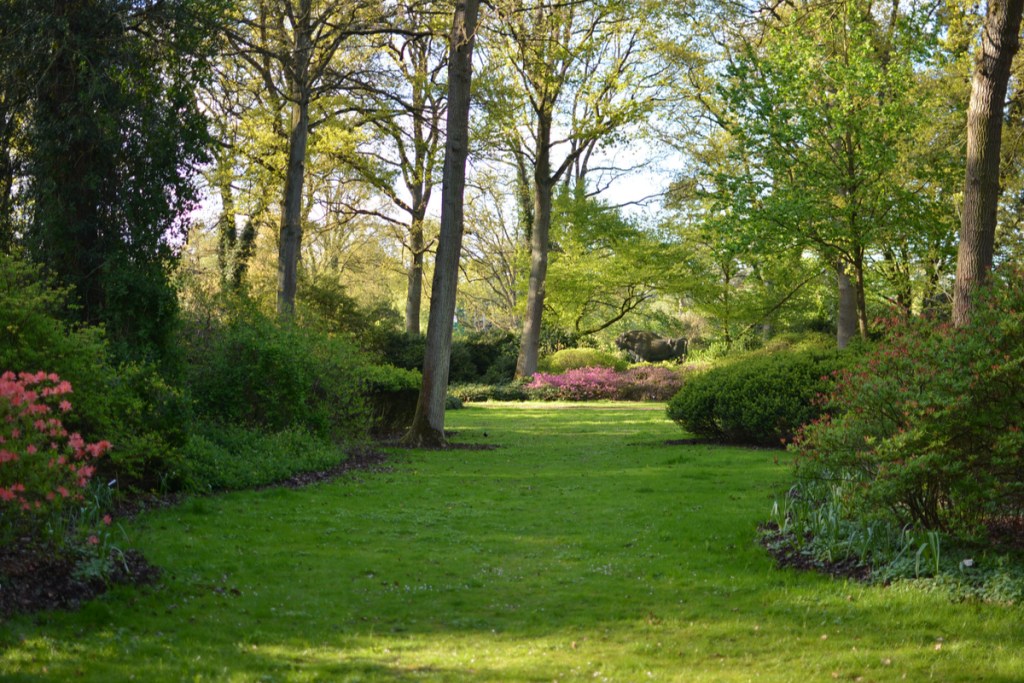
2. Match the grass seed to your sun exposure level
Grass needs lots of sunlight. In fact, all types of lawn grass perform best with a minimum of six hours of direct sunlight throughout the day. Warm-season grasses prefer at least eight hours of direct sunlight daily during the growing season. If your yard has plenty of sunshine, you won’t have a problem finding a quality grass seed.
Shade-tolerant grasses are just that: tolerant. Shade is never the ideal environment for grass. Although these grasses would still do best with more sunshine, they will grow with a minimum of four to six hours of direct sunlight or perhaps all-day sun that is lightly filtered by a thin foliage canopy.
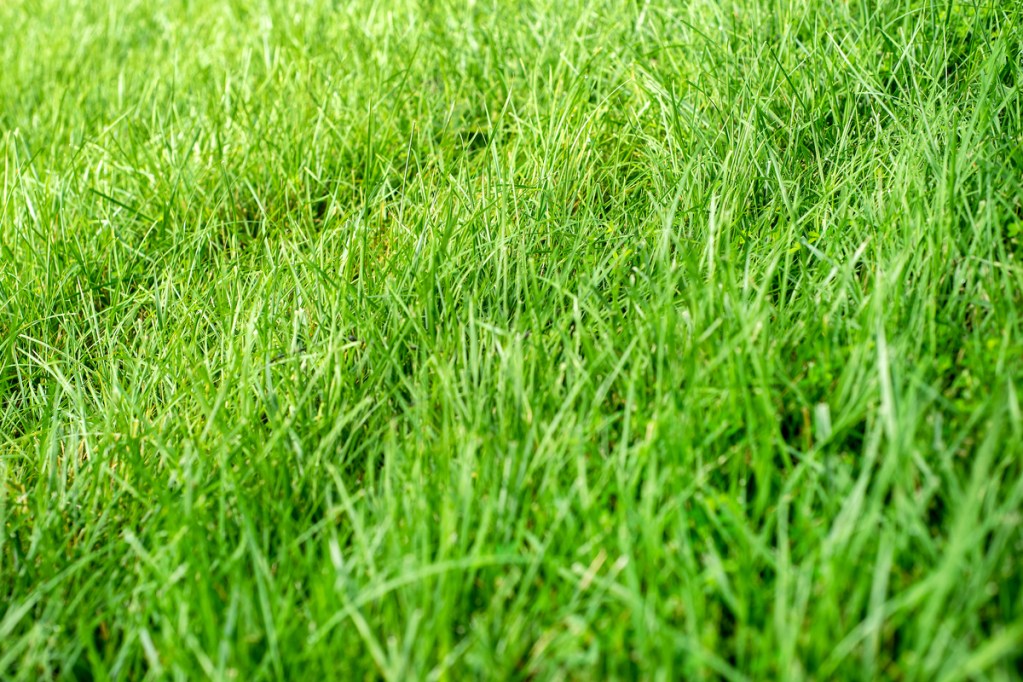
3. Consider the appearance
Grasses grow in different forms that affect the appearance of the landscape. For a tightly manicured look reminiscent of your favorite golf course, try Bermuda, zoysia, or perennial ryegrass. Bermuda is commonly used on golf course greens where it adapts well to being mowed very short.
Perennial ryegrass is often used on fairways in the north, while zoysia is often used on those in the south. For a more casual look, go with fescue, bluegrass, or a grass seed blend. These grasses look and grow their best when they grow a bit taller, which gives them a softer look.
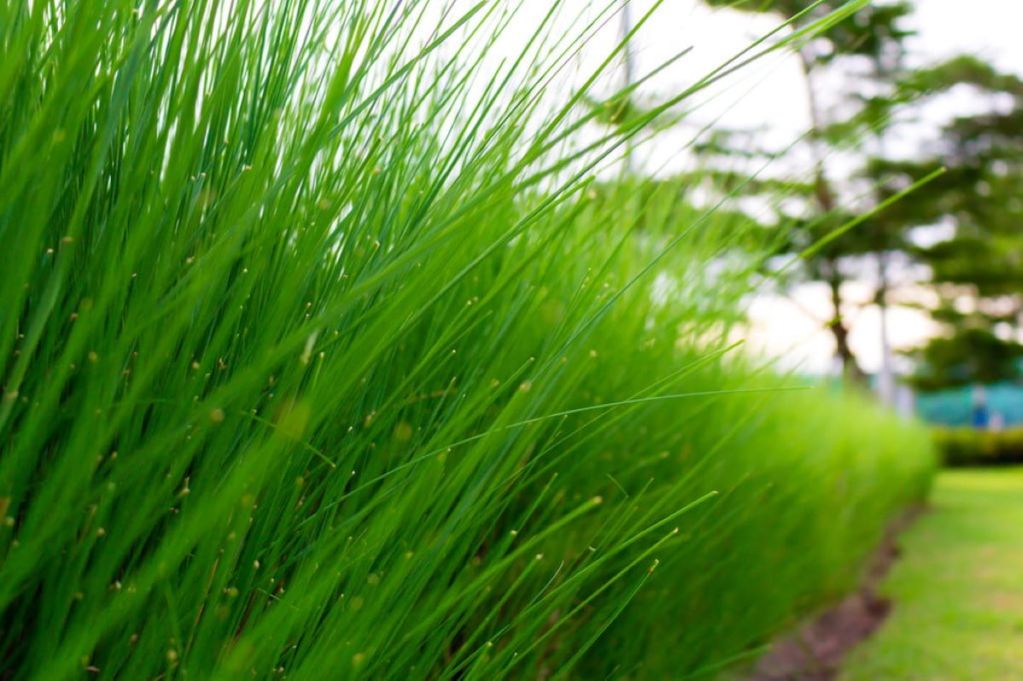
4. Time of year and speed of coverage matter
If the area is bare and needs to be covered right away, sod is the best option. But if it is watered regularly and covered with a thin layer of mulch, grass seed will begin to fill in bare space in just a few weeks. The fastest grasses to grow from seed to mature lawn are fescue, perennial ryegrass, and bluegrass. They germinate in seven to 14 days and can be mowed in a little more than a month. The best time to sow cool-season grass seed is early fall. That allows it three seasons to grow a deep, extensive root system ahead of hot summer weather.
Warm-season grass seed should be sown in late spring or early summer, when nighttime temperatures consistently remain warm. Bermuda sprouts and grows well within a few weeks, with full coverage typically seen by the end of the summer. Zoysia and centipede grasses are much slower to establish and may require a second full growing season to grow in fully.
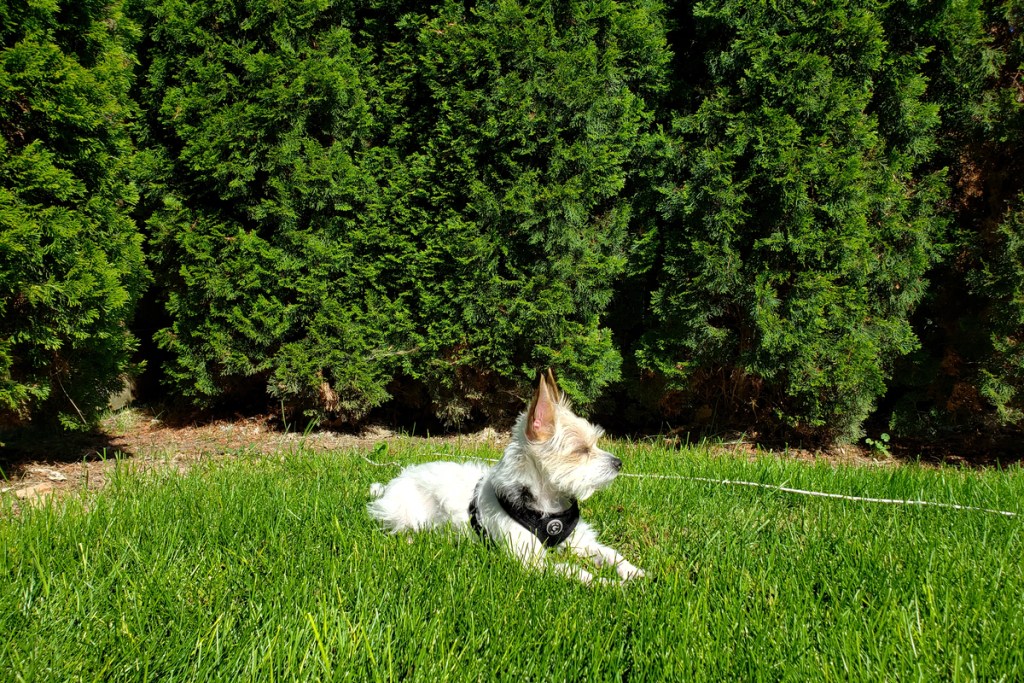
5. Keep in mind foot traffic
Do you have kids and pets playing on the lawn often? If so, it’s important to consider foot traffic as you choose your grass seed. While high foot traffic can definitely impact appearance, it can also lead to compacted soil, promote weeds, attract pests, and hurt overall grass health. Bermuda grass is a hardy warm-season grass for high levels of foot traffic, while Kentucky bluegrass is a sound option for cooler regions. In the middle, buffalo grass suits more moderate temperatures.
Starting with the right type of grass is a preventative measure against the detrimental effects of high traffic. If the damage has been done, you might need to lay down new sod or get to overseeding patchy areas.
Selecting grass seed to start a new lawn doesn’t need to feel intimidating. When you match your local growing conditions and personal landscape preferences with the grasses that best suit them, you can enjoy a beautiful lawn that fits your lifestyle.
Editors' Recommendations
- What you need to know about deadheading in your garden
- Here’s what you should know about the updated USDA Hardiness Zone Map
- Hibiscus care: Everything you need to know
- If your yard gets a lot of afternoon light, these are the afternoon sun plants for you
- Gooseneck loosestrife might be the perfect plant for your pollinator garden – here’s what to know



